Fire Fighting Course
Demonstrate First Attack Firefighting Equipment - 4 hours
Program designed for those that require the knowledge and skills to operate first response fire fighting equipment.
Fire Warden Training - 1/2 day
Designed to provide learners with skills knowledge and experience to perform the duties of an area warden.
Chief Fire Warden
This course is relevant for people who are required to perform the leadership role of Chief or Deputy Chief Fire Warden at your workplace.
Available Training
What our customers say
Our Certifications
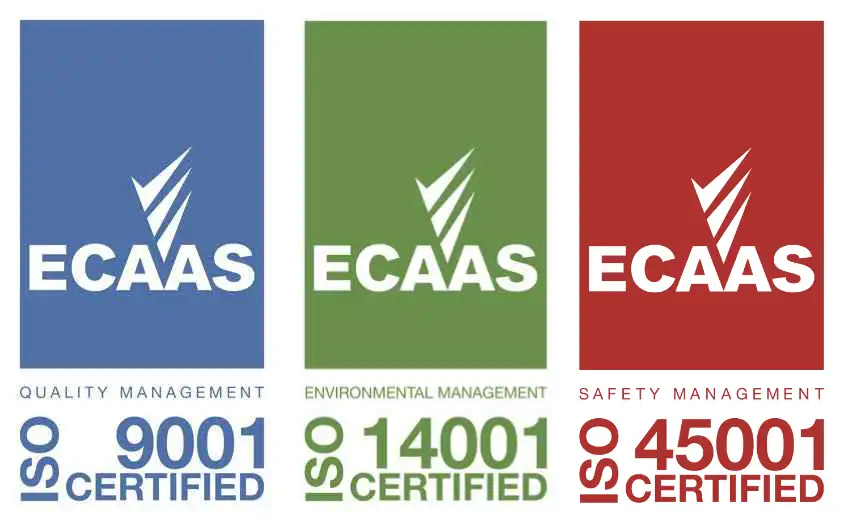
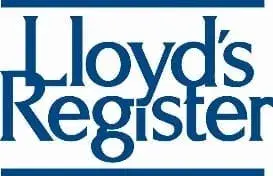
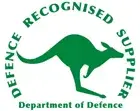


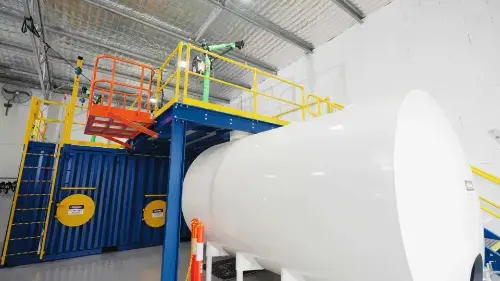
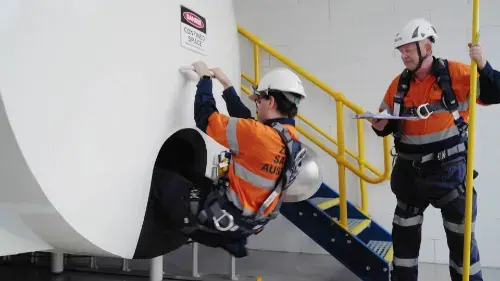

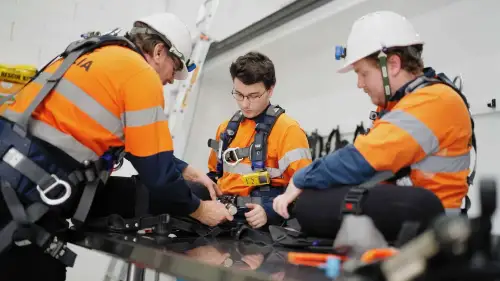
Fire Fighting Training in Australia – Why It’s Essential
In Australia’s high-risk work environments—from industrial plants and construction sites to aged care homes and remote mining operations—fire safety is not a luxury, it's a legal and practical necessity. According to Fire and Rescue NSW, fire and explosion incidents account for over 5,000 emergency responses each year in NSW alone, many of them preventable through proper training and preparedness.
With the growing frequency of extreme weather events and heatwaves increasing the threat of bushfires and on-site ignition, businesses are now under more pressure than ever to ensure their staff are trained in first response firefighting. From understanding how to use fire extinguishers and hoses to executing evacuation procedures and assuming warden responsibilities, fire fighting training arms workers with the skills they need to prevent small incidents from becoming deadly disasters. It also helps businesses comply with Australian Standard AS3745 (Planning for Emergencies in Facilities) and meet their obligations under WHS legislation.
Fire Fighting Training FAQs
Who needs fire fighting training in Australia?
Fire fighting training is essential for emergency wardens, safety officers, site supervisors, facility managers, and anyone responsible for workplace safety. It's also highly recommended for all staff in high-risk industries or environments with complex evacuation procedures.
Is fire fighting training mandatory in Australia?
Yes. Under the Work Health and Safety Act, employers are legally required to provide adequate training for workers to deal with emergencies. Fire fighting and evacuation training ensures compliance with Australian Standards AS3745 and AS1851.
What does basic fire fighting training cover?
Most accredited courses cover:
- Identifying different classes of fire
- Selecting and using portable fire extinguishers, hose reels, and fire blankets
- Evacuation procedures and emergency planning
- Duties of Fire Wardens and Chief Wardens
- Communication protocols during fire events
How long does fire fighting training take?
Basic first response or extinguisher use training typically takes 2–4 hours, while comprehensive warden and chief warden training can take a full day.
How long is fire fighting training valid for in Australia?
There is no strict national expiry date, but refresher training is strongly recommended every 1–2 years, especially for emergency roles like wardens or first responders.
How much does fire fighting training cost in Australia?
Pricing depends on the depth and format of the course, but it typically ranges between $100 and $300 per person. Group and on-site training options may offer better value for businesses.
What qualification do you get from fire fighting training?
Participants receive a Statement of Attainment for nationally recognised units such as:
- CPPFES2005 – Demonstrate first attack fire fighting equipment.
- PUAFER005 – Operate as part of an emergency control organisation (Warden).
- PUAFER006 – Lead an emergency control organisation (Chief Warden).
Can training be tailored to our workplace?
Yes. Many providers—including Zokal—offer customised fire safety training that addresses your site layout, fire risks, equipment, and emergency procedures. This ensures greater relevance and better emergency response outcomes.
Zokal Fire Fighting Training FAQs
Why Choose Zokal for Fire Fighting Training?
When it comes to fire safety, cutting corners isn’t just risky—it’s illegal. At Zokal Safety Training, we offer nationally recognised fire fighting courses delivered by seasoned trainers with real-world emergency experience. Whether you're a designated fire warden, part of an emergency response team, or just want to know how to safely use a fire extinguisher, Zokal provides practical, scenario-based training that prepares you for the real thing—not just the theory.
What types of fire fighting training does Zokal offer?
Zokal offers a range of fire safety training, including:
- Basic Fire Extinguisher Training (CPPFES2005)
- Fire Warden Training (PUAFER005)
- Chief and Deputy Warden Training (PUAFER006)
Where is Zokal’s fire safety training conducted?
Training takes place at Zokal’s advanced facility in Sandgate, NSW, which includes modern classrooms, simulation areas, and the latest fire suppression equipment. On-site training at your business location is also available.
What sets Zokal apart from other training providers?
- State-of-the-art facilities with up-to-date fire fighting equipment
- Trainers with decades of practical emergency response experience
- Over 394 verified 5-star Google reviews
- Customised training based on your site’s unique risks and layout
- A proven track record with clients in mining, manufacturing, aged care, and local government
How long does Zokal’s fire fighting training take?
- Fire Extinguisher Training: approx. 2–3 hours
- Warden or Chief Warden Training: half-day to full-day. Zokal offers flexible scheduling and group sessions for your convenience.
Who should attend fire fighting training at Zokal?
Ideal for:
- Fire and floor wardens
- Chief and Deputy Wardens
- Safety officers and WHS coordinators
- Aged care staff, factory workers, construction teams
- Anyone who may need to respond to a workplace fire
Does Zokal offer refresher training?
How can I book fire fighting training with Zokal?
You can book through the calendar or contact our training team on: (02) 4960 9611 for group bookings and customised onsite programs. We also assist with ensuring your training aligns with your company’s WHS obligations.







